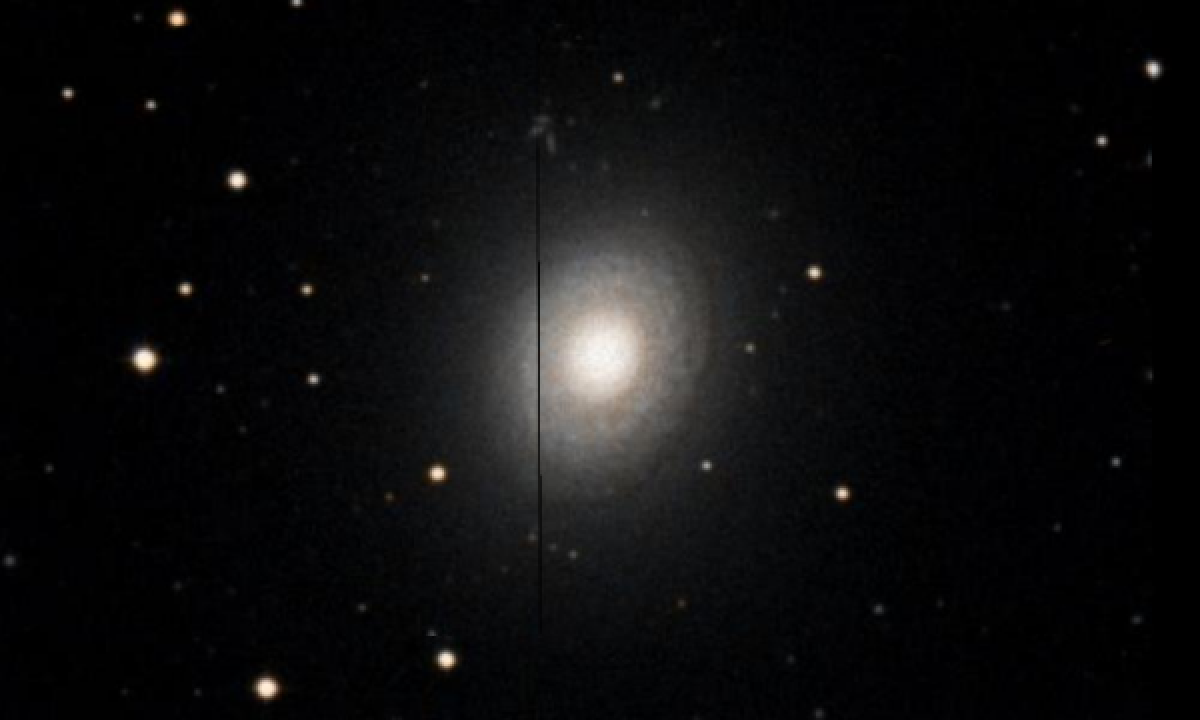The New General Catalogue of Nebulae and Clusters of Stars (abbreviated as NGC) is a catalogue of deep-sky objects compiled by John Louis Emil Dreyer in 1888. The NGC contains 7,840 objects, known as the NGC objects. It is one of the largest comprehensive catalogues, as it includes all types of deep space objects, including galaxies, star clusters, emission nebulae and absorption nebulae.
Know more about NGC
NGC 2775

NGC 2775, also known as Caldwell 48, is a spiral galaxy in the constellation Cancer. It is 67 million light-years (20.5 megaparsecs) away from the Milky Way. It was discovered by William Herschel in 1783. NGC 2775 belongs to the Antlia-Hydra Cluster of galaxies and is the most prominent member of the NGC 2775 Group, a small galaxy group in the Virgo Super-cluster, along with the Local Group. Other members of the NGC 2775 Group include NGC 2777 and UGC 4781. This object has a morphological classification of SA(r)ab, which indicates an unbarred spiral galaxy (SA) with a prominent ring structure (r) and flocculent, tightly wound spiral arms (ab). The galaxy is inclined by an angle of 44° to the line of sight from the Earth. The galactic nucleus is not active and the large nuclear bulge, which extends out to an angular radius of 0.4′, is relatively gas free. An explanation for the latter could be a high supernova rate. Although star formation is taking place in the dusty outer ring, NGC 2775 does not display any current starburst activity, and the galactic nucleus is virtually free of any star formation whatsoever. The galaxy's hydrogen tail feature indicates a past interaction with a faint companion. A satellite galaxy appears to have orbited NGC 2775 multiple times, losing mass as it does so and creating faint, shell-like structures. Nearby irregular galaxy NGC 2777 displays a tidal tail of hydrogen gas that points back to NGC 2775, suggesting the two may be linked. One supernova has been observed in NGC 2775. SN 1993Z (type Ia, mag. 13.9) was discovered by the Leuschner Observatory Supernova Search (LOSS) on 23 September 1993. By September 25, spectral analysis showed that it had peaked about four weeks earlier.
More Images:

Sources:
Wikipedia Page: NGC 2775
NGC 2775 at In-The-Sky website
